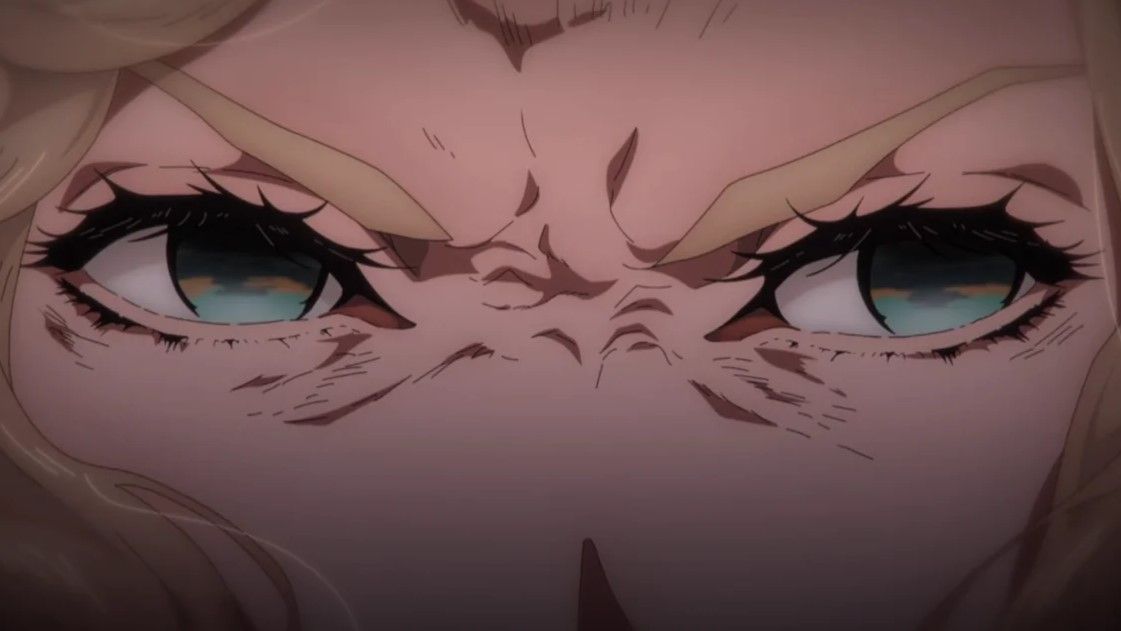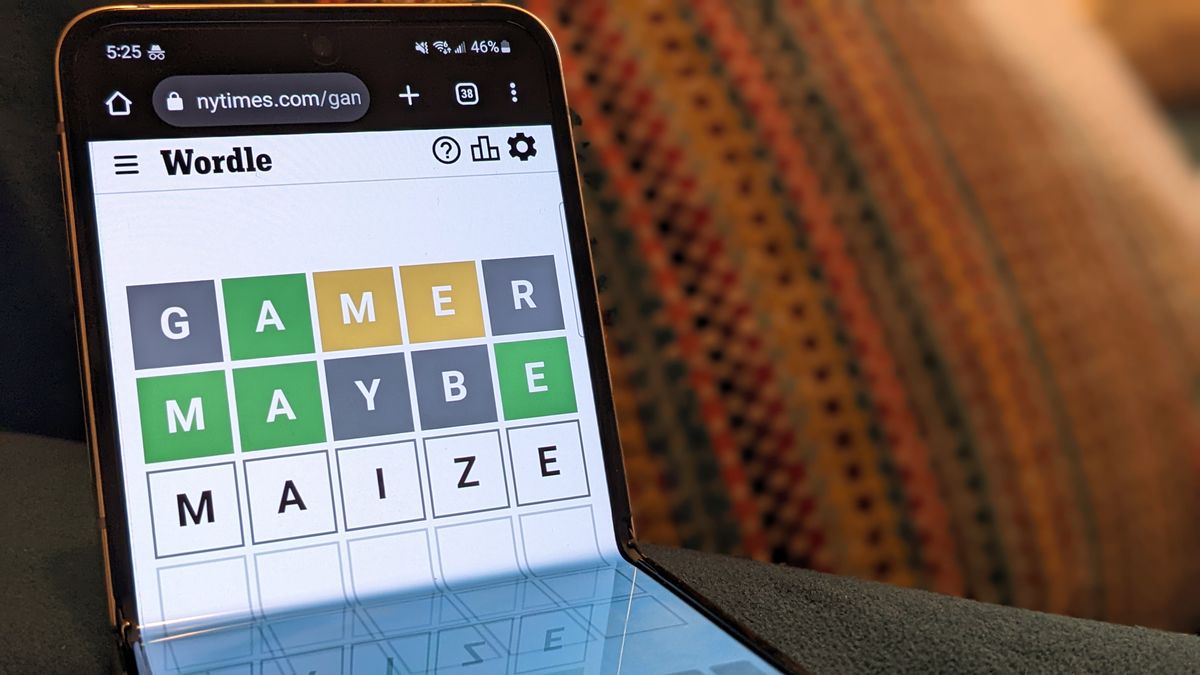Clue, the murder-mystery board game, has been a staple of game nights and big-box store shelves for as long as we can remember. In fact, 2024 marks Clue’s 75th anniversary.
First released as Clue in the United States in 1949 by Parker Brothers, the game has sold more than 150 million copies and is listed as the second-most-popular board game in the world behind Monopoly (and not including chess and checkers), according to Hasbro, which bought Parker Brothers in 1991. But Clue’s story doesn’t actually start in 1949. The game dates back even further, all the way to the second World War.
To learn about its origins and future, we spoke with Hasbro’s resident Clue expert — and senior vice president of board games — Brian Baker.
[Ed. note: This interview has been edited and condensed for clarity.]
Polygon: How did Clue come to be?
Brian Baker: We’re going to have to go all the way back to 1943. That’s when the story begins, with a musician named Anthony Pratt. He was a piano player in Birmingham, England, and he would play at these lavish murder-mystery parties at the manors in the countryside.
During the air raids in World War II, when England was being bombed by [the German military], they [the English] were in the bomb shelters. He wanted to capture the experience that he witnessed while playing piano at these parties in a game. So Anthony came up with the idea of a game that he called Cluedo, which took place in a mansion and there was a crime — in this case, it was a murder. And there’s all these colorful suspects and weapons, and the object of the game was to figure out who committed the murder with what weapon and where in the manor did the crime actually take place.
The name Cluedo was a play on the Latin word ludo, which means “I play,” and the word “clue.” So that became Cluedo. Ludo is also the British derivative of Parcheesi or Pachisi, which originated in ancient India. So the origin of the name actually goes back much, much further than 1943. But he brought [Cluedo] to a British publisher named Waddingtons [which was acquired by Hasbro in 1994], who initially published the game, and then it was kind of licensed by Parker Brothers in 1949 and renamed Clue because Ludo as a name and as a game wasn’t widely played in the U.S.
This year marks 75 years of Clue. How has it changed during that time?
Obviously a lot of time has passed, and the people who play this game, their taste has changed, and the world has changed. So there’s been a lot of slight modifications to the games, with regards to the characters and the weapons and the rooms, just to make it more accessible and relevant to today’s audience.
Originally, there were 11 rooms in the manor, and a few have been eliminated. There was a gun room and a cellar, so those are no longer part of the manor. There were nine weapons [including] an undetonated or unused bomb, a syringe, and a fireplace poker — so those have been replaced.
To make a game feel modern and relevant for today’s audience, especially over a time span like 75 years, it’s important to make sure that you don’t keep it static. It’s constantly evolving, and evolves with the tastes and needs of our players.
How often does the base game change?
We try not to change it too much. We call it a refresh, and the last time we touched the core Clue game was last year. We published a new version that launched in early 2023. For that edition, we did a bunch of things. We gave the characters backstories and made them more interesting and offered a lot of depth. For example, Mrs. White is now a chef. Mrs. Peacock is a lawyer. We just felt like the players of Clue have always wondered who these characters are.
We try not to reinvent it every single year, but we do have to look at it at least every four years to make sure that the game that’s on the shelf reflects the tastes of today’s players. Even the manor back in 1943, when the game was first invented, looks a lot different than I think what people would associate with a mansion today.
There’s been a lot of different versions. What we’ve tried to do is make sure that the furniture and the decor doesn’t look dated, it looks elegant and sophisticated. With today’s printing technologies, we can print with a much higher resolution, with a lot richer color and a much broader palette. And so if you look at some of the original illustrations and artwork of the game, you can tell that they’re antiques and they’re not necessarily something that was printed and published today. So we try to preserve the character and authentic nature of the game, but use all of the ingredients that we have access to in modern board game publishing.
How have these technological advances affected the materials that you use for the game?
In the latest version of Clue, one thing you’ll notice is the pawns are actually miniatures of the Clue characters, whereas previously they were generic pawns — Colonel Mustard was yellow, Professor Plum was purple, and that’s the way you would play.
For an 8-year-old child it’s way more fun to play with a tiny miniature of that character. That’s really enabled by some of the molding techniques and some of the rapid prototyping we’re using. We can get a lot more detail in the features of those miniatures. Whereas previously we were limited around size and resolution — those characters would look more like blobs, rather than having everything down to the cheekbones and the hair that we can have on these miniatures today. That’s one area that’s been really impactful.
We pay a lot of attention to the weight of the card stock to make sure it feels premium. In the new version, the weapons are slightly larger, a little bit heavier. And while those might not be technologically new advancements, they’re details that we pay a lot of attention to.
Why focus so much on the tactile feeling of a game, versus the mechanics or the gameplay aspect?
To me, the tactile feel of those components is the soul of board games — because we’re competing many times against digital games where it’s about swiping, pushing a button, moving a controller. One thing that will never be replaced is the sensation of shuffling cards, dealing them out, moving a miniature around a board, rolling dice. There’s digital ways to replace all of those experiences — we can generate random numbers using a phone, we can create a digital board on a screen — but why is it that these games are still around? It’s because that’s the one thing that players don’t want to give up. They want to roll dice. They want to shuffle cards. They want to hold them in their hand, and they want to move the pawns around the board themselves. But from the time of the ancient Egyptians and the Romans, who are playing games like this, to today, that hasn’t changed and it probably won’t change into the future.
Murder mysteries seem to be big in popular media right now. What’s next for Clue?
Like Glass Onion or White Lotus, the idea of murder mystery is somewhat timeless. With all of the content that’s out there, it seems like it’s only increasing. We’re excited because we have an entertainment division that’s working closely with Sony Pictures right now across multiple different live-action, unscripted, and other mediums to kind of build out the franchise.

 2 weeks ago
7
2 weeks ago
7





/cdn.vox-cdn.com/uploads/chorus_asset/file/25623086/247270_Apple_watch_series_10_AKrales_0631.jpg)



 English (US) ·
English (US) ·